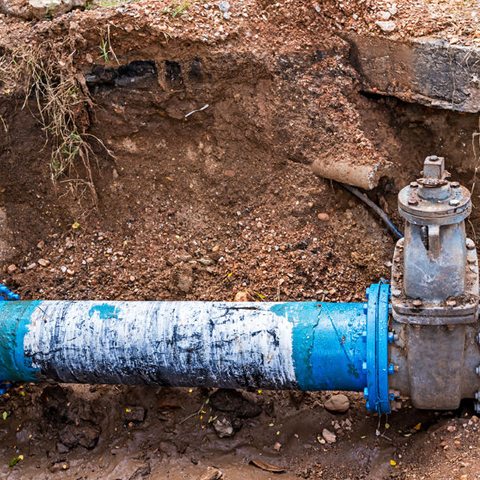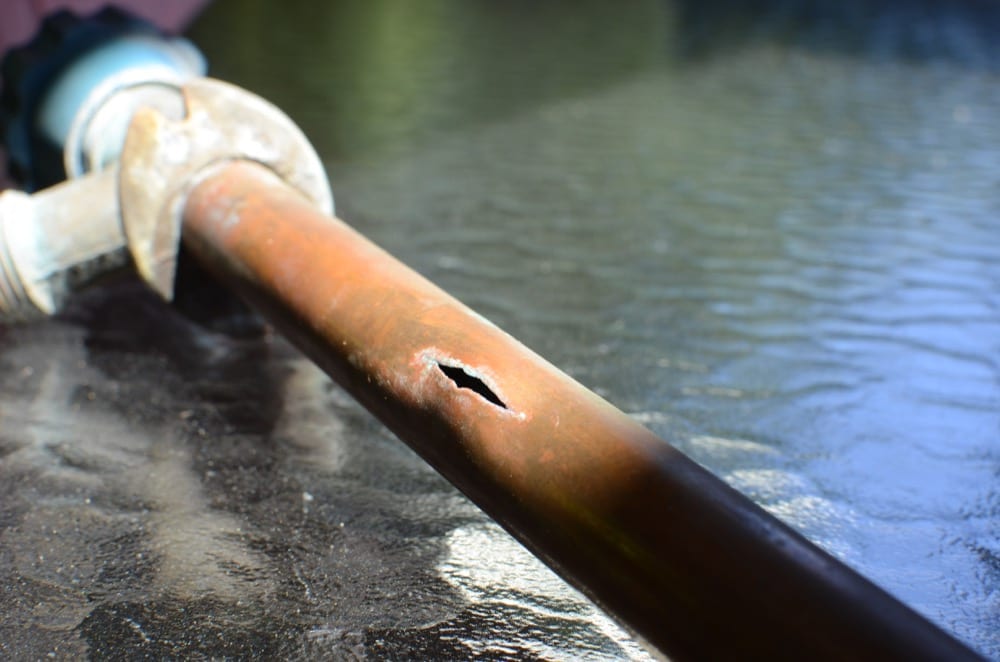Quick Overview: Identifying and also Fixing Burst Pipes in your house
Quick Overview: Identifying and also Fixing Burst Pipes in your house
Blog Article
How do you feel when it comes to How to Install and Connect a New Dishwasher?

A burst pipeline is a major emergency; you can only stand as you enjoy water you pay dearly to rejoin with the earth. In even worse situations, you notice a swimming pool on your kitchen flooring, which is a terrific trip hazard, particularly if you have youngsters around. If the pipe that ruptured was in your wall surfaces, problem: you might need to paint that entire area.
Just how can a calamity like a ruptured pipe be stopped and handled? Well, by paying attention to your professional emergency plumbing professionals as well as adhering to these regulations.
How do I understand when my pipes have burst?
Rising and fall water pressures
Pipelines do not simply burst in a day. You may have observed that your kitchen tap or shower does not run instantly when you turn the tap. It may stop briefly for a couple of seconds and after that blast you with even more force than typical.
In various other instances, the water may appear regular at first, after that decrease in pressure after a few secs.
Wet walls as well as water discolorations
Before a pipe ruptureds, it will certainly leak, a lot of times. If this relentless dripping goes unnoticed, the leak might finish into a broad wound in your pipe. One simple method to prevent this emergency is to look out for wet walls ad water discolorations. These water discolorations will lead you right to the leak.
Puddles under pipes as well as sinks
When a pipeline bursts, the outflow develops a pool. It might show up that the puddle is growing in size, as well as despite the amount of times you mop the puddle, in a few minutes, there's one more one waiting to be cleansed. Usually, you may not be able to trace the puddle to any type of noticeable pipelines. This is an indicator to call a professional plumber.
Untraceable dripping noises
Pipe bursts can occur in one of the most undesirable areas, like within concrete, inside wall surfaces, or under sinks. When your house goes quiet, you might have the ability to listen to an aggravatingly consistent leaking noise. Even after you've inspected your shower head and also kitchen area faucet, the trickling might proceed.
Dear viewers, the trickling might be coming from a pipeline inside your wall surfaces. There isn't much you can do concerning that, other than inform an expert plumber.
Turn off the Water
When water freezes, it expands in quantity by about 9 percent. And also it increases with tremendous force: The pressure inside pipes may go from 40 extra pounds per square inch to 40,000 psi! No pipeline can hold that much stress, so it bursts. The break might take place where the ice forms, but more often, it occurs where water pressure finds a weak spot in the pipe. That may be inches or even feet from the frozen area. Find the water shutoff valve and turn off the water to prevent more damage. You might also need to shut off the electrical power as well, depending upon where the leaks occurs and also just how large it is.
Infected water
Lots of people presume a burst pipe is a one-way outlet. Quite the contrary. As water flows out of the hole or gash in your plumbing system, contaminants locate their method.
Your water may be polluted from the source, so if you can, check if your water container has any kind of issues. However, if your alcohol consumption water is supplied and purified by the local government, you need to call your plumber quickly if you see or scent anything funny in your water.
What do I do when I spot a ruptured pipeline?
Your water meter will continue to run also while your water wastes. To lessen your losses, find the major controls and also turn the supply off. The water mains are an above-ground framework beside your home.
How to Fix & Detect a Leaking Pipe
How Do I Know if a Pipe is Leaking?
Leak detection tests can help you determine if your pipe has a leak. Even if you don’t see an apparent leak, you should still conduct leak detection tests regularly to save water and money—and prevent major damage to your home.
Water meter. It can be helpful to figure out what your usual water meter usage numbers are and then monitor them regularly. To monitor your meter, first, turn off all water faucets in your home. Check the meter and write down the numbers. In a few hours, check the meter again. If the numbers have changed, you have a leak. Water gauge. Use a water gauge to test your water pressure. Your showerhead should produce a certain amount of water pressure based on its model and design. If the pressure is lower than it is supposed to be for that specific showerhead, your home likely has a leak. Puddles. Look inside your bathroom, laundry, and kitchen sink cabinets. Puddles around the cabinets or around toilets, tubs, showers, and washing machines indicate the presence of a leaking pipe. You may also notice loose tiles, peeling or flaking paint, or mold caused by water accumulation. Napkin test. Even if you don’t see any puddles, you may still have a leak. You can test for water leaks in the bathroom, laundry, and kitchen by wiping below-sink connections with a napkin, paper towel, or piece of toilet paper. If it becomes damp, you probably have a leaking pipe under the sink. Discolored walls. Walls that are discolored—usually with brown or yellow stains—or bulging might mean that they have been impacted by water damage caused by a leaking pipe. Smell. A leaky pipe will create sitting water, and over time, that water may develop a musty smell. If your home smells musty, but you can’t locate the source, it may be due to a leak. Steps for Fixing a Leaking Pipe
A leaky drain can be remedied by tightening the pipe base, replacing the drain seal, caulking the rim, and tightening the pipe nut. Similarly, a leaking toilet pipe can be treated by tightening the packing nut. You may also need to replace the valve. A leaky faucet may just need tightening or replacement of the washers. If that doesn’t work, consider replacing your faucet. If your pipe has a hole in it, you may want to use a pipe leak sealer or pipe leak tape. This quick fix for water pipe leaks can also temporarily fix a copper pipe leak. https://www.ahs.com/home-matters/quick-tips/how-to-tell-if-pipes-are-leaking/

I'm certainly very taken with How to Prepare for Your Dishwasher Installation and I hope you enjoyed reading the new blog post. For those who appreciated our blog post plz make sure you remember to share it. Thanks so much for your time invested reading it.
Booking Page
Report this page